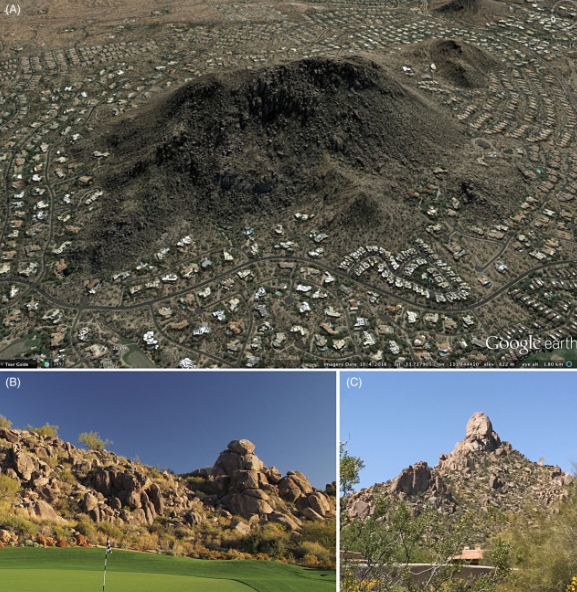The urban landscape is constantly changing and evolving due to a variety of natural and human-driven factors. From the arrangement of buildings to the flow of waterways, exploring the dynamic geomorphology of urban landscapes can provide valuable insights into how cities adapt to their environments.
Natural processes shape the landscape
Natural processes such as erosion, weathering, and sedimentation play a significant role in shaping the geomorphology of urban landscapes. Rivers, streams, and coastlines can carve out distinctive landforms, while wind and rain can erode surfaces and reshape the land over time.
Human activities impact the landscape
Human activities, including infrastructure development, construction, and urbanization, also play a crucial role in shaping the geomorphology of urban landscapes. The building of roads, bridges, and buildings can alter the natural flow of water and sediment, leading to changes in the landscape.
Urbanization creates unique landforms
As cities expand and grow, new landforms emerge that are distinct to urban environments. Skyscrapers, parking lots, and highway interchanges are examples of man-made landforms that reflect the dynamic nature of urban landscapes.
Managing geomorphic processes is key
Understanding and managing the geomorphic processes that shape urban landscapes is essential for sustainable urban planning and development. By taking into account how natural and human-driven factors interact, cities can better prepare for and adapt to changes in their environment.
The future of urban geomorphology
As cities continue to grow and evolve, the dynamic geomorphology of urban landscapes will become an increasingly important field of study. By exploring how cities interact with their natural environments, researchers and planners can better design and manage urban spaces to ensure their resilience and sustainability in the face of ongoing change.

